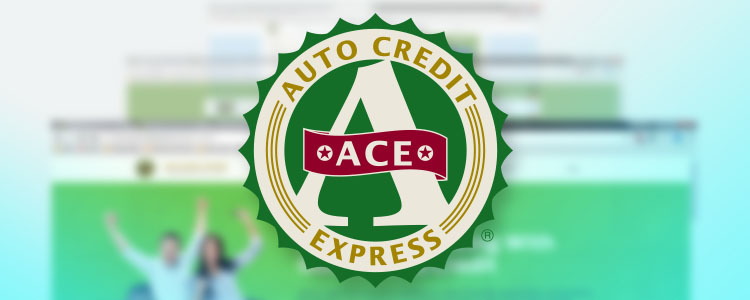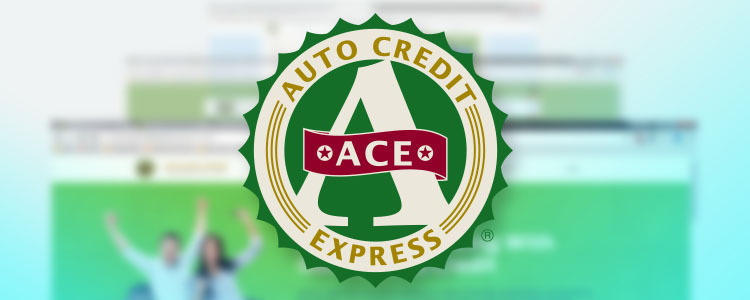When filing a personal bankruptcy, there are two types: a Chapter 7 and Chapter 13. The type that's right for you to file depends on what you hope to accomplish, and how much debt you have. Let's look at the differences between the two.
Chapter 7 Bankruptcy – a Quick Process
 Chapter 7 bankruptcy is sometimes referred to as a liquidation bankruptcy. This is because any of your non-exempt property is sold, or liquidated, by your bankruptcy trustee in order to pay off your debts. Then, when your bankruptcy is discharged, most remaining debts are wiped out.
Chapter 7 bankruptcy is sometimes referred to as a liquidation bankruptcy. This is because any of your non-exempt property is sold, or liquidated, by your bankruptcy trustee in order to pay off your debts. Then, when your bankruptcy is discharged, most remaining debts are wiped out.
The process is relatively quick, generally only lasting between four and six months. In order to qualify for a Chapter 7 bankruptcy, you first must pass a Chapter 7 means test, which compares your income to the median income of a family of the same size in your state. If your income is too high, you won't be eligible for a Chapter 7. If this happens, you're left with the option of filing a Chapter 13.
Chapter 13 Bankruptcy – Repayment over Time
In a Chapter 13, you're given time to repay at least a portion of your debts. Working with your bankruptcy trustee, you're put on a three- or five-year repayment plan. Over this time, you're required to keep up with your current monthly bills as well as those in your repayment plan. In order for this to work, you have to have a steady income, and the repayment plan has to be approved by a judge at the confirmation hearing.
Requirements for Both Chapters
No matter if you're filing a Chapter 7 or a Chapter 13 bankruptcy, there are a few things you need to do in both cases. For starters, you have to completely and truthfully fill out all required bankruptcy forms. Incorrect or incomplete information on these forms may lead to a dismissal of your bankruptcy, making you immediately responsible for all debts.
Another common factor shared by both bankruptcies is mandatory credit counseling. In both a Chapter 7 and a Chapter 13, you're required to complete credit counseling before filing and provide a certificate of proof that you did. In a Chapter 13, you also have to take an additional debtor education course after filing.
What Bankruptcy Can't Do
Not only do both types of bankruptcy share some common requirements, there are also debts that can't be wiped out with either filing. Neither a Chapter 7 nor a Chapter 13 can:
- Prevent the loss of property you can't afford – Bankruptcy doesn't eliminate liens, so if you have secured debt with an unpaid loan you can’t afford, the creditor is able to recover the property.
- Eliminate alimony – This debt is unaffected by filing a Chapter 7, and you're expected to make current and past due payments in full during a Chapter 13.
- Eliminate child support – Like alimony, child support is unaffected by filing a Chapter 7, and you're expected to pay current and past child support obligations in full during a Chapter 13.
- Wipe out student loans – In very rare cases where repaying student loan debt causes undue hardship, student loan debt can be discharged, but proving undue hardship is extremely difficult, and not very likely in most cases.
- Wipe out tax debt – There are a few exceptions to this, but it isn't easy to do, nor is it common.
- Eliminate non-dischargeable debts – These include debts you didn't list in your filing paperwork, debts owed for injury or death from driving under the influence, or fines and penalties incurred as a result of punishment by law.
Getting a Car after Bankruptcy
No matter if you filed a Chapter 7 or a Chapter 13, you're free to take on new debt once the bankruptcy is discharged. If you've recently completed a bankruptcy and need a vehicle, but are worried about your bruised credit, let us help.
At Auto Credit Express, we work with an extensive network of special finance dealers all across the country that have lending resources available to help people who've been through bankruptcy, or who are struggling with bad credit or no credit. Let us connect you with a dealership in your area so you don't have to stress over where to turn for your next car loan. The process is easy to get started – just fill out our auto loan request form now.
















